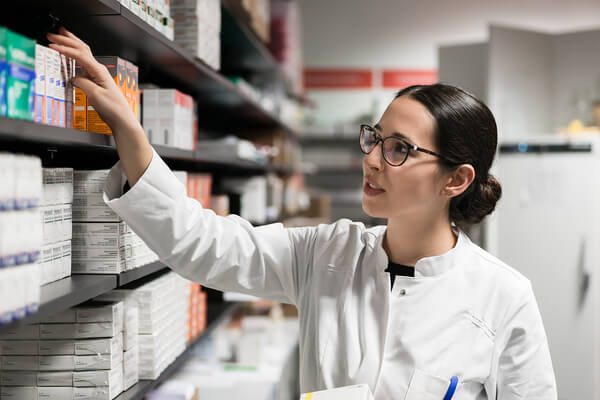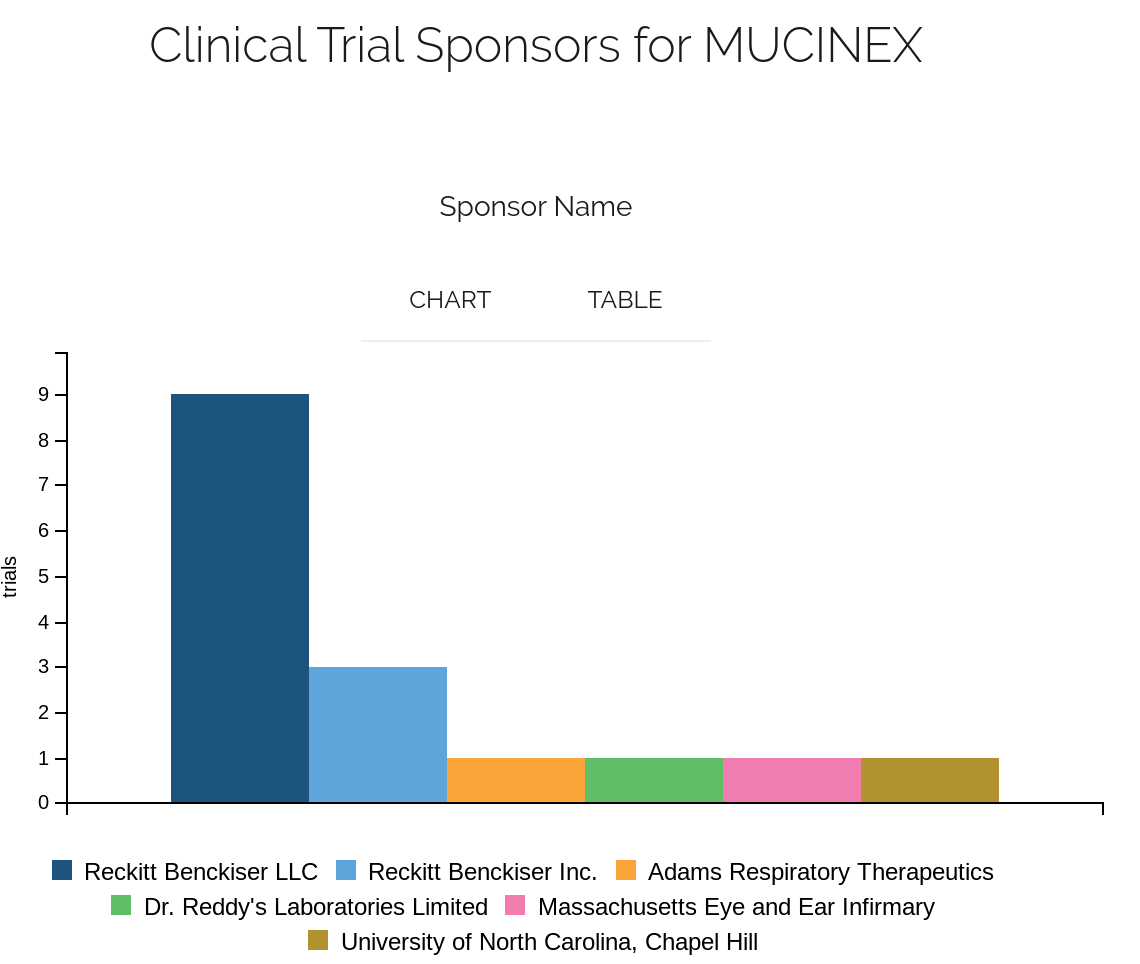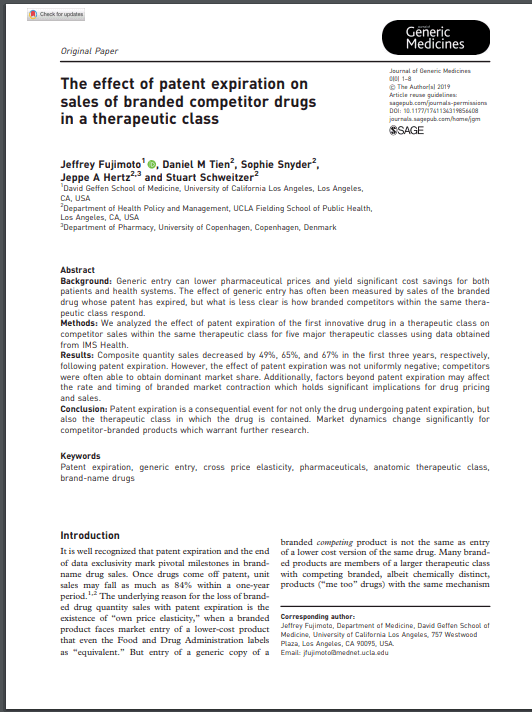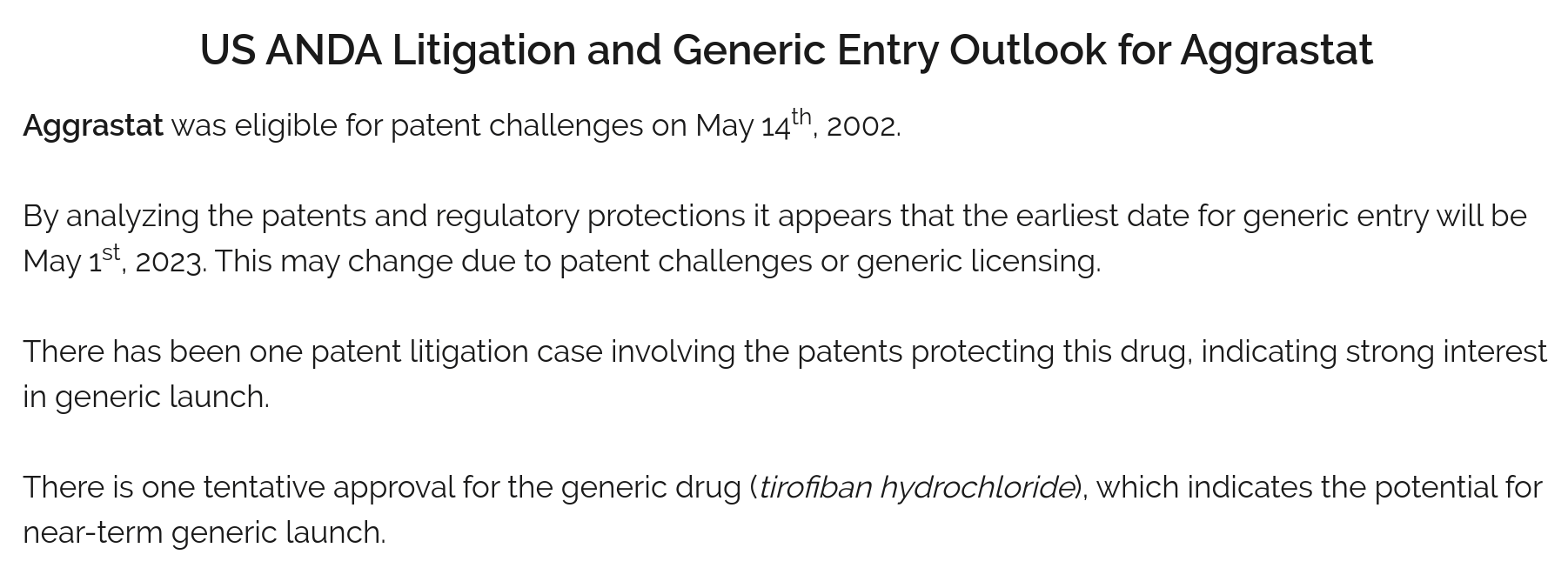
Developing a competitive edge in generic drug development is crucial for companies to gain a significant market share and dominate the market. Here are some key strategies and insights from industry experts to help you achieve this competitive edge:
Differentiated Drug Delivery Technologies
Novel drug delivery technologies can provide a significant competitive advantage by better meeting the needs of patients, physicians, and manufacturers. These technologies can enhance the efficacy, safety, and convenience of generic drugs, making them more attractive to patients and healthcare providers.
Outsourcing and Partnerships
Outsourcing generic drug development to qualified contract research organizations (CROs) can significantly reduce the time and costs required to bring a generic to market. This approach allows companies to leverage broad expertise in development processes, advanced technology, and infrastructure without capital investment, thereby gaining a competitive edge.
Quality by Design (QbD)
Developing a generic product must be governed by QbD principles, which require a thorough understanding of the product and development process, as well as the knowledge of risks and how best to mitigate them. This includes justifying the formulation and excipients, and ensuring that the formulation’s PK and dissolution profiles are comparable to those of the reference drug.
Formulation and Release Mechanisms
The selection of excipients and the design of a formulation and release mechanism are critical to achieving bioequivalence. Scientists must have a mechanistic understanding of how the physical properties of a drug substance and excipients affect drug product performance to make rational choices of excipients and reduce the number of experimental formulations.
In Vitro/In Vivo Correlations (IVIVC)
Better IVIVC can provide an efficient tool to evaluate different formulations and select the optimal formulation for use in the pivotal bioequivalence study. This correlation is crucial in an iterative design process where in vitro dissolution tests can be related to in vivo dissolution of a product.
Chemistry, Manufacturing, and Controls (CMC) Strategy
Companies need to quickly develop a CMC strategy, which deals with the nature of the drug substance and product, the manner in which they are made, and the manufacturing process. This strategy is critical to ensure regulatory compliance and ensure the quality of the generic product.
Competitive Advantage Matrix
A competitive advantage matrix can help biopharmaceutical companies identify and focus on the most relevant competitive-advantage dimensions. This matrix considers the number of competitors and period of market exclusivity, allowing companies to strategically prioritize and incorporate the most relevant dimensions.
Flanking Strategies
Brand-name pharmaceutical companies use flanking strategies to enter into manufacturing and distribution agreements with generic companies before a patent is about to expire. This allows them to continue operating their manufacturing lines and turn a profit, thereby recouping more of their R&D investment.
Key Takeaways
- Time and Costs: Saving time and costs in developing a generic product are extremely important for its success. The first generic company to market wins the 180-day exclusivity period, which is critical to a generic product’s success.
- Quality and Regulatory Compliance: Ensuring high-quality, regulatory-compliant analyses at every step is crucial to achieving bioequivalence and regulatory approval.
- Formulation and Release Mechanisms: The selection of excipients and the design of a formulation and release mechanism are critical to achieving bioequivalence.
- Partnerships and Outsourcing: Outsourcing generic drug development to qualified CROs can significantly reduce the time and costs required to bring a generic to market.
- Competitive Advantage: Achieving competitive advantage through superior safety and efficacy, ease of patient use, and price can help generic companies dominate the market.
Conclusion
Developing a competitive edge in generic drug development requires a multifaceted approach that incorporates novel drug delivery technologies, outsourcing and partnerships, Quality by Design, formulation and release mechanisms, Chemistry, Manufacturing, and Controls strategy, and competitive advantage matrix. By leveraging these strategies, generic companies can gain a significant market share and dominate the market.
References
- https://www.unither-pharma.com/using-differentiated-drug-delivery-technologies-to-deliver-competitive-advantages/
- https://www.bioanalysis-zone.com/fast-tracking-generic-approvals-5-keys-to-being-first-to-market/
- https://www.bcg.com/publications/2019/getting-a-grip-on-cogs-in-generic-drugs
- https://www.bioprocessintl.com/risk-management/achieving-competitive-advantage-in-the-biopharmaceutical-industry
- https://www.drugtopics.com/view/big-pharma-uses-effective-strategies-battle-generic-competitors
























